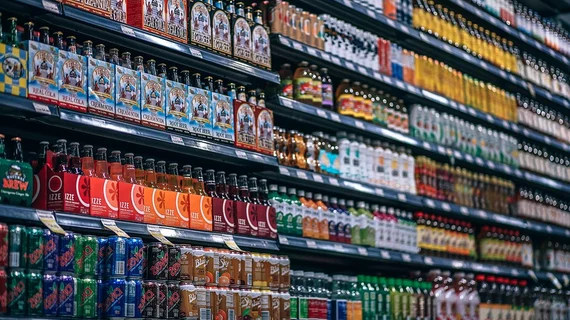Consumers at risk for CVD less likely to read, understand food labels
Most consumers at risk for heart disease either fail to look at the nutritional labels on their food or have trouble understanding them, according to a study presented this week at European Society of Cardiology (ESC) Congress 2018.
Claire Duffy, MSc, a clinical nurse specialist in Ballina, Ireland, headed the research, which evaluated the ability of 200 adults at a primary care facility to decipher different food labels.
“People find food labels confusing and don’t know what to look for,” she said in a release from ESC. “They still have difficulty understanding and interpreting food labels.”
Duffy said her study participants were given a survey, which asked them to provide some basic demographic and medical information before questioning their knowledge of nutritional labels. Seventy-five percent of those enrolled were women, and 40 percent self-reported being overweight or obese.
The data found women were highly likely to read food labels, Duffy said—just 5 percent said they never looked at them. Thirty percent of men, on the other hand, said they failed to check labels consistently.
People at a heightened risk for CVD reported reading food labels around 60 percent of the time, in which case 67 percent of that group focused on fat percentages and just 33 percent read about saturated fats, fiber or salt. Duffy said participants with high blood cholesterol saw a similar gap.
“You would think that people with high cholesterol would check the saturated fat content on food labels,” she said. “But that did not always happen.”
Those who had family members with diabetes, though, read sugar statistics 56 percent of the time and salt stats 60 percent of the time.
Participants in Duffy’s study were asked to gauge a product’s fat, sugar, fiber and sodium levels on a sample food product, rating each at either a low, medium or high level based on their nutritional labels. She said people had difficulty making sense of the numbers, and only 14 percent and 20 percent correctly identified the product’s sugar content and fat levels, respectively. However, that changed when men and women were asked to rate content levels with a “traffic light” label, which marked salt, fat and sugar content with red, amber and green.
She said her work underlines the need for better public health education, which she suggested could be achieved with more effort across primary care settings, communities and schools, and media outlets. She said it could be helpful for supermarkets and online stores to have dedicated “healthy food” sections, where consumers could quickly find what they’re looking for while sticking to doctors’ heart-healthy guidelines.
“Food labels need to be improved, especially for illiterate groups and those with color and vision deficiency,” Duffy said.

